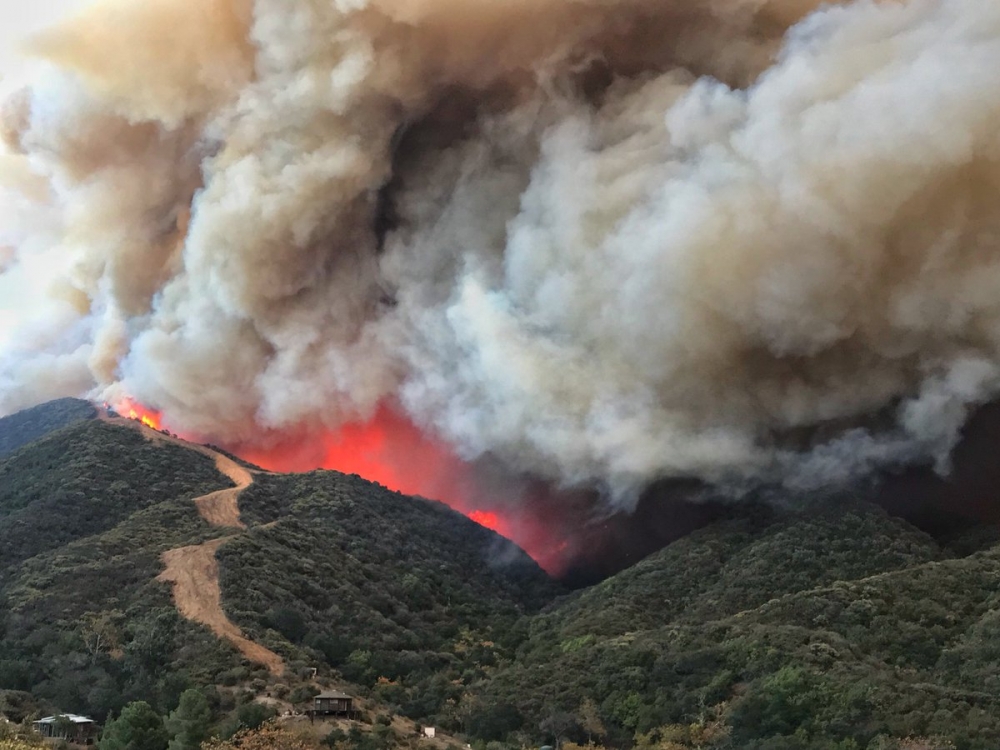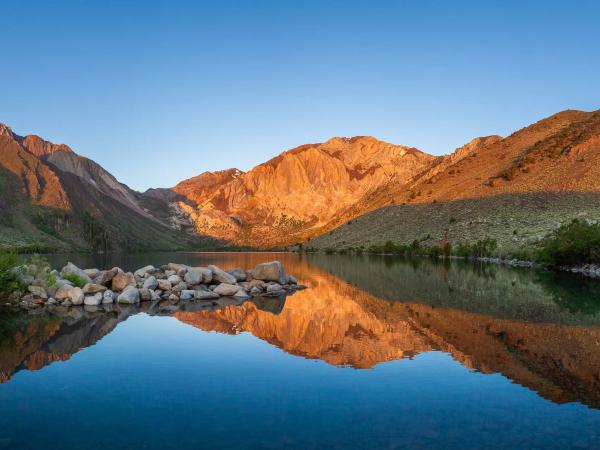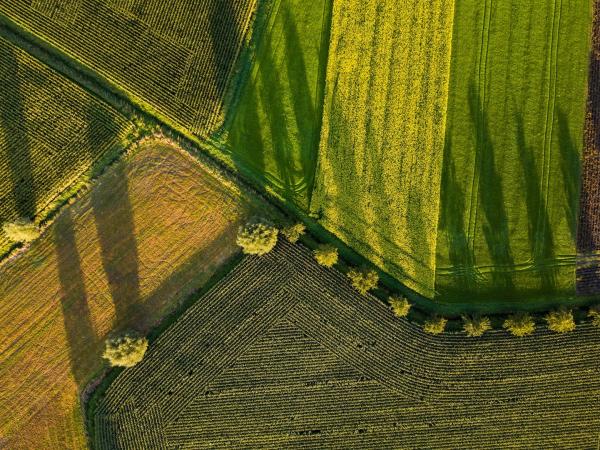
Researchers at UC Santa Barbara and the Nature Conservancy have compiled a new dataset of damage caused by wildfires in California as part of a broader project on future land use in the state. The report illustrates how the recent set of severe fires fits into a broader trend of increasing burn area and damage over the past 40 years.
“It occurred to us to these data would be of interest to a lot of people, so we decided to write them up in a brief,” said coauthor Andrew Plantinga, an economics professor at the Bren School of Environmental Science & Management.
The team analyzed two sources of data from Cal Fire, the state agency in charge of fire-fighting. The first was a dataset on fire perimeters and the second included estimates of wildfire damages for each fire.
The researchers used the information to calculate trends involving the number and timing of fires throughout the state by time of year. They also calculated the total area burned and specifically identified the amount of wildland urban-interface burned. These are areas where houses intermingle with wildland vegetation, and are of particular concern to those studying wildfire.
“The main finding is that the recent severe fires in California — including the Thomas fire in 2017 and the Camp fire in 2018 — are part of a trend in California over the past four decades,” Plantinga said. “The trend is toward more wildfires that burn larger areas and cause more damage.”
The number of acres burned per year has not only been increasing, the report found, it is also accelerating. And this increase isn’t only during the season’s peak, from June through October. The state is also seeing a longer fire season, with more acres burned in late fall than in the past. And while greater burn areas don’t automatically translate to greater damages, the researchers found that these, too, have been on the rise.
“I expected the recent severe fires to be outliers, and they are,” said Plantinga, “but it’s also clear that they represent part of a trend toward larger and more damaging fires.”
The report is part of a larger effort to estimate the costs associated with a business-as-usual approach to development in California, when considering the potential impacts of climate change. The team had previously found that interventions on natural and working lands — like forests, farms and rangelands — can contribute 2.5 times the emissions reductions by 2050 as residential and commercial sectors combined.
Full story at: The UCSB Current
Credit: Harrison Tasoff



